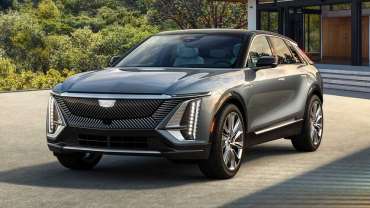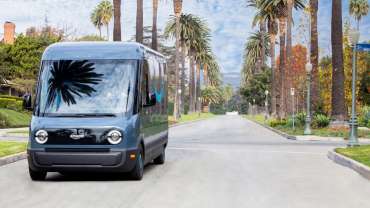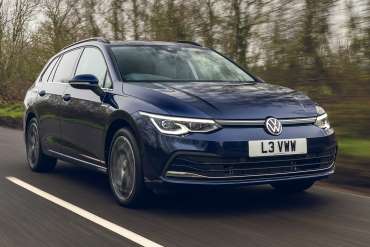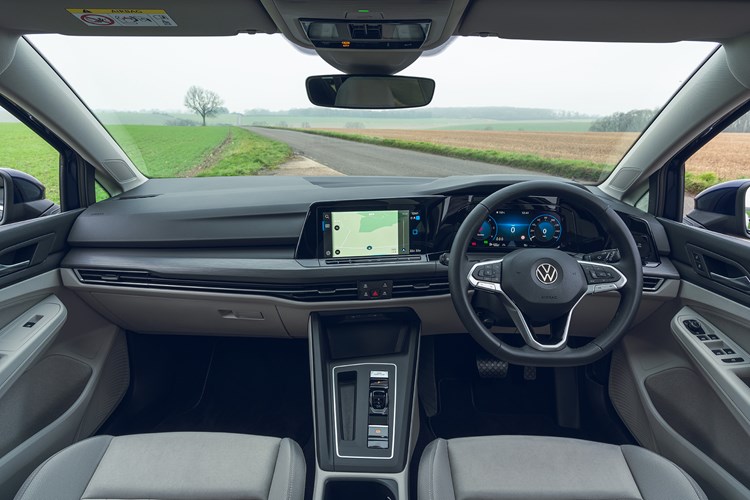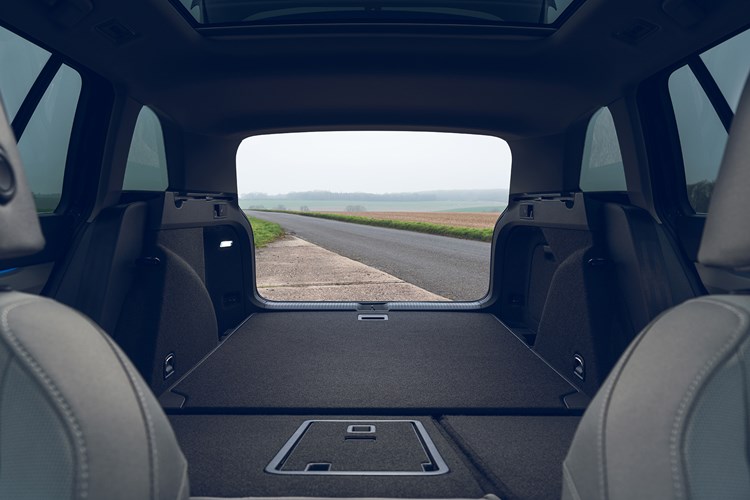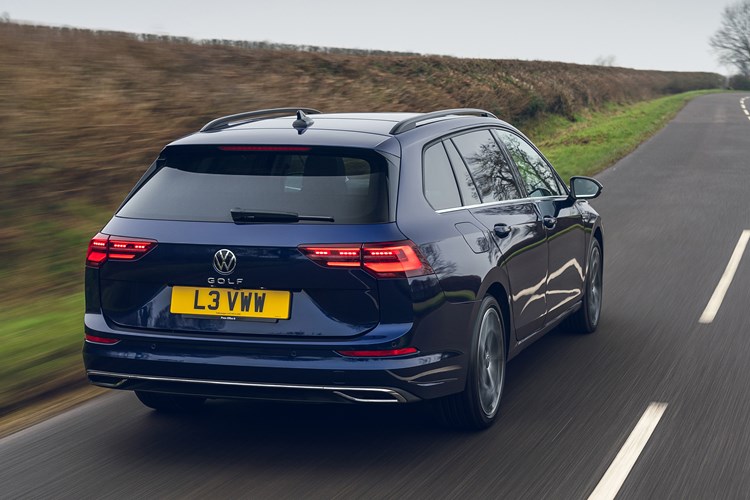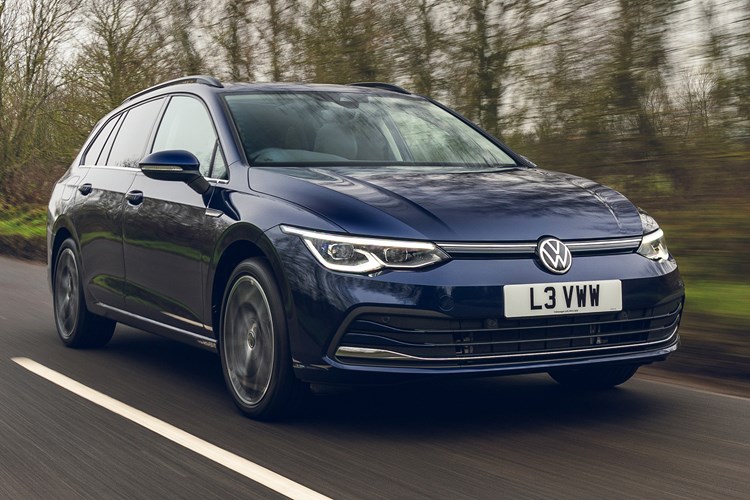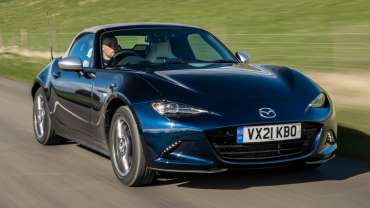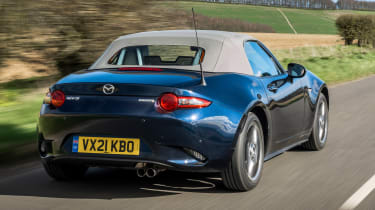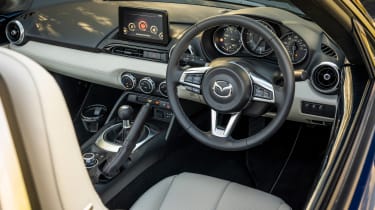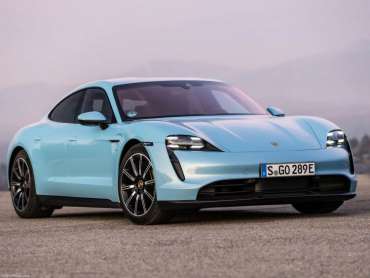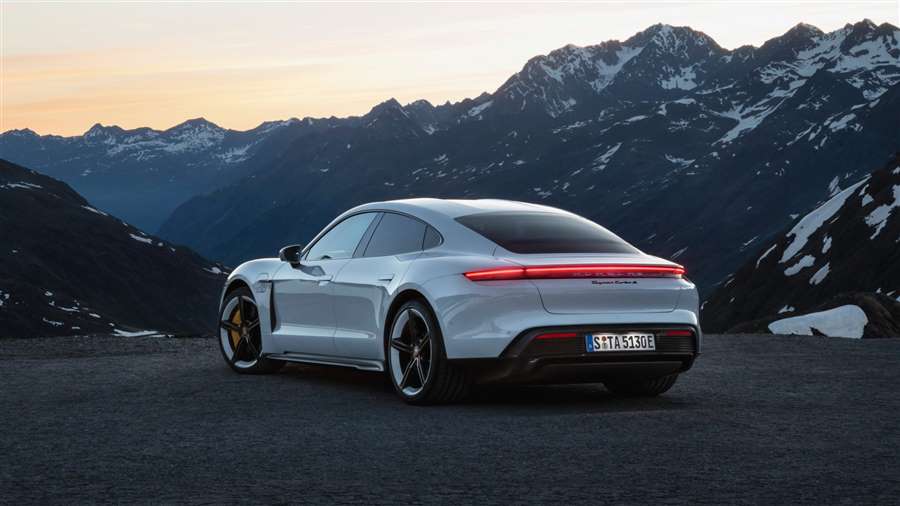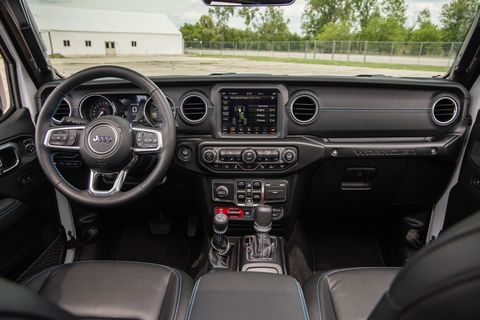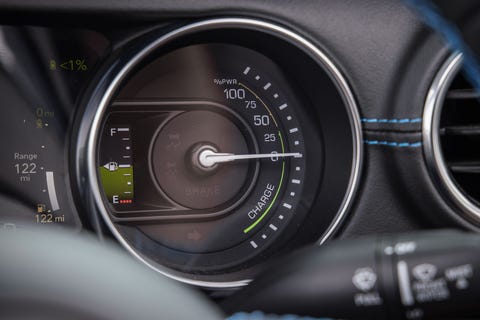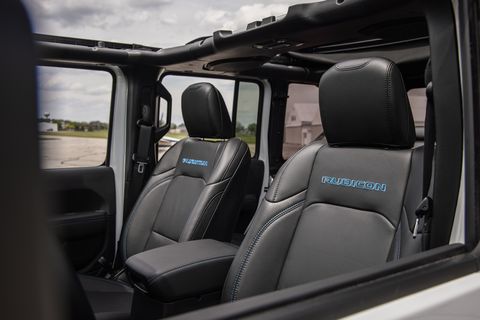Is the Volkswagen Golf Estate any good?
You won’t be surprised to learn that in eighth generation form, the Volkswagen Golf Estate is a thoroughly polished car and it’s somewhat better than good. However, it’s not a car that achieves greatness, because it is far from unique. The core engineering is shared across many cars from the wider group of brands owned by Volkswagen – from Audi to Skoda – and each one is micro-managed to the finest points to appeal to different audiences.
As both the progenitor of VW’s modern-family car approach, and the ‘widest appeal’ marque, the Golf thus ends up being something of a personality-free zone. There’s none of the zest of the Leon Estate, nor the superior arrogance of the A3 Sportback, or the reserved pragmatism of the Skoda Octavia, even though the best qualities of all three are wrapped up in one package.
So yes - it’s very good, and of high quality. But it’s just a touch anonymous.
In isolation, though, it’s rather impressive against the likes of the Mercedes-Benz CLA Shooting Brake, Ford Focus Estate and Hyundai i30 Tourer. A safe, advanced choice that won’t let you down or lose much money when it's time to trade in.
Whether it wins your heart, however, is another matter.
What’s it like inside?
Blurring the lines between VW Group’s brands, the Golf has taken some of the ‘high tech’ thunder from Audi and swapped to futuristic touch controls throughout. It’s not just the gadgetry, depending on trim level there are luxury touches that set the Golf ahead of many premium marques – albeit at the cost of family resilience.
Take, for example, the velvety-soft fabric lined door pockets on some models – they dampen rattles and feel much nicer than sharp edged unfinished plastic, but you wouldn’t want to clean it up after leaving some forgotten sweets in there on a hot day.
Everything is put together to a very high standard, with excellent fit and finish and no in-car rattles even with the large panoramic sunroof. Materials and appearance vary with specification, but all models get some version of two-screen cockpit; this is where the polish starts to wear off as the infotainment system can be laggy, the touch heater controls are hard to use by, well, touch, and after a while you just wish it had been designed with more focus on usability rather than looking good.
None of it is a showstopper though and you’ll adapt, it’s just there’s a lot of progress for the sake of it in a car that is supposed to be a familiar family friend.
Practicality and luggage space
With big windows, a long, flat roofline, and a large, flat-sided boot the Volkswagen Golf Estate is the perfect shape for carrying people and stuff; there’s little attempt to make it ‘sporty’ or fashionable, and that’s the way we like it. The tailgate extends low down with a wide, unimpeded opening and there’s an impressive amount of width available relative to the car’s size. Because the Golf Estate is still a relatively small car it’s got a short load area that is easily extended by folding the seats – and it has the useful feature of Isofix points on the front seat so you can fetch large items and take your infant with you.
Front seat comfort is the same as a normal Golf. In the rear seats the more upright roof and windows mean visibility is better, and Volkswagen’s thoughtful touches extend to not one, but three pockets on the seat backs on some models – with smartphone-sized slots further up the back of the front seat.
Fabric interiors retain that VW trick of making your back feel a bit hot after a while behind the wheel, but as many models come with air conditioning or climate control as standard, that isn’t as uncomfortable as it used to be. Ride depends on engine and spec – but every Golf is a strong performer here.
What’s it like to drive?
We tested the Volkswagen Golf 150 TDI Style, a mid-range model with torquey diesel engine and DSG automatic gearbox. VW’s diesel offers impressive refinement and more than adequate performance, as well as near 60mpg real-world economy.
Despite a wealth of driver assistants on offer, the Golf’s unobtrusive, driver-friendly setup means you can enjoy the car’s precise steering and neat handling. Yet it’s easy to let the tech take over in more tedious situations, which it does very effectively.
Nothing is outstanding on this spec, given the price – it’s just very, very good, intuitive, and predictable. As the Golf Estate is also available in very basic, luxurious, all-wheel drive and soon, high-performance R models as well, you should be able to find the experience you want; crucially they all have the same impressive, no-nonsense practicality that you want an estate for in the first place.
What models and trims are available?
As the best of Volkswagen Group, the Golf Estate offers, well, the best of VW’s engine selection. Everything from a 110hp 1.0-litre petrol to the storming Volkswagen Golf R will be available eventually – the latter offering all-wheel drive and 320hp when it arrives, depending on spec. This will be a truly fast load-lugger with only the smallest of external clues to tell other drivers what it is. Until the R arrives, the 200hp Alltrack provides grip and torque.
At present the hybrid Golf – the GTE – is not available in estate form, and for this generation there’s no e-Golf as the VW ID.3 fulfils that role, so there's unlikely to be a plug-in Golf Estate.
However, there is a slightly higher ground clearance, all-wheel drive Golf Alltrack, which is only available with 200hp diesel power and DSG automatic gearbox.
On other models, you can opt for a manual gearbox or VW’s proven DSG automatic, and there’s a comprehensive set of driver assistance available if desired. In short, the Volkswagen Golf may be a byword for the essentials of family motoring, but it can be lavishly equipped.
What else should I know?
One thing the Golf Estate has going against it is cost. No VW Golf is ‘cheap’, but even so you’ll find you pay a hefty premium for a normal spec of Golf against strong rivals such as the Ford Focus Estate, Kia Ceed and of course, the in-house rivals of the Skoda Octavia and SEAT Leon estates.
However, the Golf feels more like a premium product – in places it feels more upmarket and higher quality than more obvious posh brands such as Mercedes-Benz and even some Audis. A little bit of that is in soft, short-lived things like soft-trimmed door bins – but it implies a longer-lasting, more robust car overall.
On the other hand, if longevity is important to you other manufacturers are now offering warranties that make VW look decidedly stingy. With that in mind, read on to find out if we think the Volkswagen Golf Estate is worth buying.
Volkswagen Golf Estate verdict
Should you buy a Volkswagen Golf Estate?
There is absolutely no denying that the eighth-generation Volkswagen Golf is technically the best Golf ever – and it isn’t always a given that a new one will be a better one, as the third generation demonstrated. However, the same engineering is available with different badges for less money, in the form of the Skoda Octavia Estate – which also has some physical controls instead being completely dependent on touch controls for many features, too.
If practicality is foremost in your buying decisions, that alone will rule the Golf out. However, the Golf does present a more pragmatic image and balance than, say, an Audi.
Soon, the appeal will be enhanced with the delightful combination of family-friendly, small-enough-for-towns subtle performance in the Golf R Estate which has few direct rivals, and little that can approach the performance for the money.
So ultimately, it’s down to whether you’re the sort of person who likes to pay for high quality, without necessarily shouting to the world that you bought the fanciest thing. If you are, the fit and finish will impress, the details reassure, and the relatively classless badge will appeal.
What we like
The wide range of engines and transmissions, the classless image and the sheer practicality of the Golf Estate make it a very easy car to like.
What we don't like
It's more expensive than a Skoda Octavia Estate and when you start optioning it up, it gets even more costly. The touch controls on the fascia are also unresponsive and are not as satisfying to use as traditional knobs and switches.
Which model is best for you?
There’s a diverse range, from the bare-bones 1.0 TSI Life to the 200hp all-wheel drive Alltrack, but we think the Golf Estate works best as a subtle, premium model – either of the 150hp diesel or petrol versions, in Style trim, will deliver an efficient, refined experience that justifies the expense.
The Golf Alltrack offers a different dilemma – when compared with premium rivals it represents good value for a capable car, ideally suited for rural areas prone to bad weather and patchy road clearance. It may struggle to look appealing next to a traditional 4x4 or SUV.
Overall though, the Skoda Octavia Estate offers better value than the Golf, particularly at the more affordable end of the range, and it would be our starting point here.
(parkers.co.uk)


